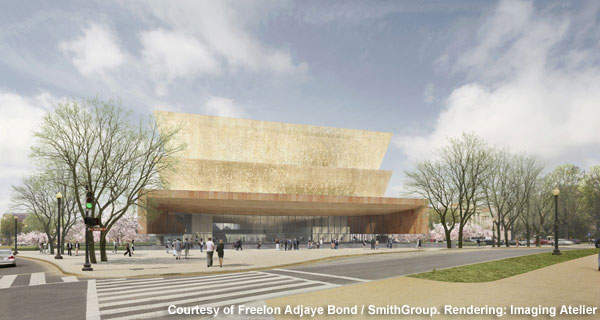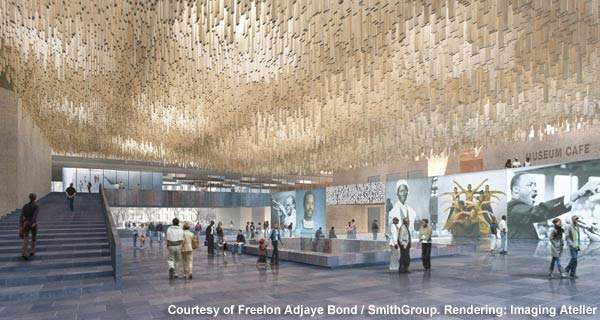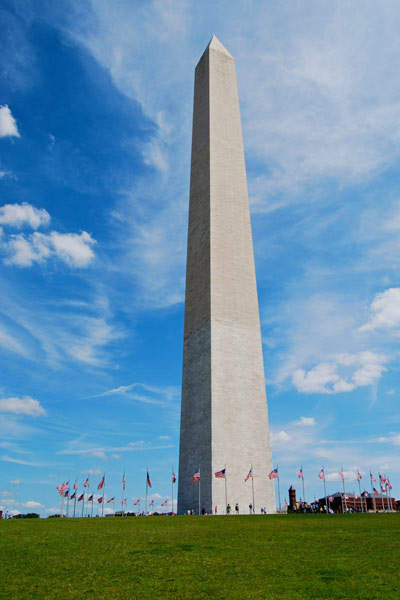The National Museum of African American History and Culture (NMAAHC) in Washington DC is the only US national museum exclusively devoted to preserving African American history, culture, art and life. Established in December 2003 by an act of congress, NMAAHC is the 19th museum of the Smithsonian Institution. Construction began in February 2012 and the museum was officially opened in September 2016. The total cost of the museum, including the design, was estimated to be $500m.
The Smithsonian received financial and non-financial support for the project from a number of sources. Aflac gifted $1m in funding for the project, Boeing supported the design and construction of the museum, while IBM helped to build the museum’s website.
The design phase required the Smithsonian to obtain approval from the US Commission of Fine Arts, the National Capital Planning Commission, the National Park Service, the National Coalition to Save Our Mall, and the Advisory Council on Historic Preservation.
In April 2009, a team of architects was chosen by the Smithsonian to design the museum. The four architecture firms Freelon Group, Adjaye Associates, Davis Brody Bond and SmithGroup, thus, joined hands to design the museum. The Freelon Group was the architect of record, while Adjaye Associates was the lead designer conceptualising the project design.
After submission of the concept designs, the tier-II study and analysis were made to evaluate the environmental impact of the design under the National Environmental Policy Act (NEPA), based on which the preliminary design was approved in November 2011.
The NMAAHC is also the first Smithsonian museum designed to obtain a leading energy and environmental design (LEED) rating from the US Green Building Council.
Architectural design based on Yoruban art for the NMAAHC
The museum’s architectural design is based on tribal Yoruban art, comprising classical tripartite columns or wooden posts crafted with capital and shaft, bearing a crown or corona form.
Extending out to the north and south of the building are two huge stone canopies. The bronze-clad corona of African tribal art adds to the interior beauty of the building by forming a perimeter zone that surrounds the primary galleries of the museum. The bronze cladding is provisioned with skylights and patterned openings that cast light during the daytime onto the wood-covered walls in the zone while at night, the glowing corona, through a variety of vantage points created in and around the mall, is designed to present impressive views of the museum.
Such views are obtained by the varying densities of the bronze mesh that would greatly affect the night view of the building’s exterior, when lighted from within, giving it a mysterious uneven pattern resembling a lizard’s skin.
Sloping down from the mall toward Constitution Avenue, the lobby floor resembles a reversed conventional grand stair and helps the visitors to flow through the building instead of lifting art up onto a pedestal. The ceiling structure of the lobby is a replication of that of the ‘Sclera’ pavilion designed by David Adjaye for the 2008 London Design Festival.
At the centre of the lobby, the wooden columns suspended from the roof allow gradual crowd movement toward the room edges. Isolating the main circulation path from the galleries, a series of corridors, walkways and stairs around the circumference of the building takes visitors to the galleries. Clustered at the centre of respective floors, the galleries are a bold inversion of the famous Guggenheim rotunda, designed by architect Frank Lloyd Wright.
The design’s greatest strength, from the viewpoint of museum visitors, lies in achieving the fine-spun balance between the need to permit smooth crowd movement and not hurting the stillness that is critical to the display viewing experience.
Location for the African American history museum at the National Mall
The museum is built on a five-acre site at the National Mall in Washington DC, adjacent to the Washington Monument and the Constitution Avenue site. It is located across the street from the National Museum of American History.
The Smithsonian Board of Regents, the governing body of the Smithsonian Institution, was responsible for the construction of the museum.
The project involved the collection, preservation, research and exhibition of the historical and cultural materials reflecting the experience of African descent individuals living in the US.
The National Mall is a composite area consisting of the mall, the Washington Monument Grounds and West Potomac Park. It also includes the Ellipse and White House Grounds, although these are administratively separate.
The museum site is located next to the north-south axis from the White House to the Jefferson Memorial and the east-west axis of the National Mall from the US Capitol to the Lincoln Memorial.
Online ‘Museum on the Web’ by IBM for Washington DC’s NMAAHC
The NMAAHC project also includes an online museum called the ‘Museum on the Web’, which provides an online experience of the actual museum. IBM donated $1m of technology and expertise to help build the website.
The website is intended to be a fully virtual precursor to the actual museum.
The Museum on the Web was opened in September 2007, rendering NHAAMC the first major museum to have a Web presence before its physical construction began.
A distinguishing feature of the website is the virtual memory book in which the website visitors can submit their own experiences, thoughts, ideas and traditions through text, images and audio uploads. These uploads are then visually associated with other holdings at the museum, enabling it to create a social network for the NMAAHC community.
Collections at the National Museum of African American History and Culture
The collections and educational programming in the museum include different topics such as slavery, post-Civil War reconstruction, the Harlem Renaissance and the civil rights movement.
Prior to beginning construction, the museum collected artefacts, conducted seminars and symposia on the African American culture and created travelling exhibitions. It also gathered oral histories of African Americans through the StoryCorps programme in collaboration with National Public Radio and the Library of Congress.






